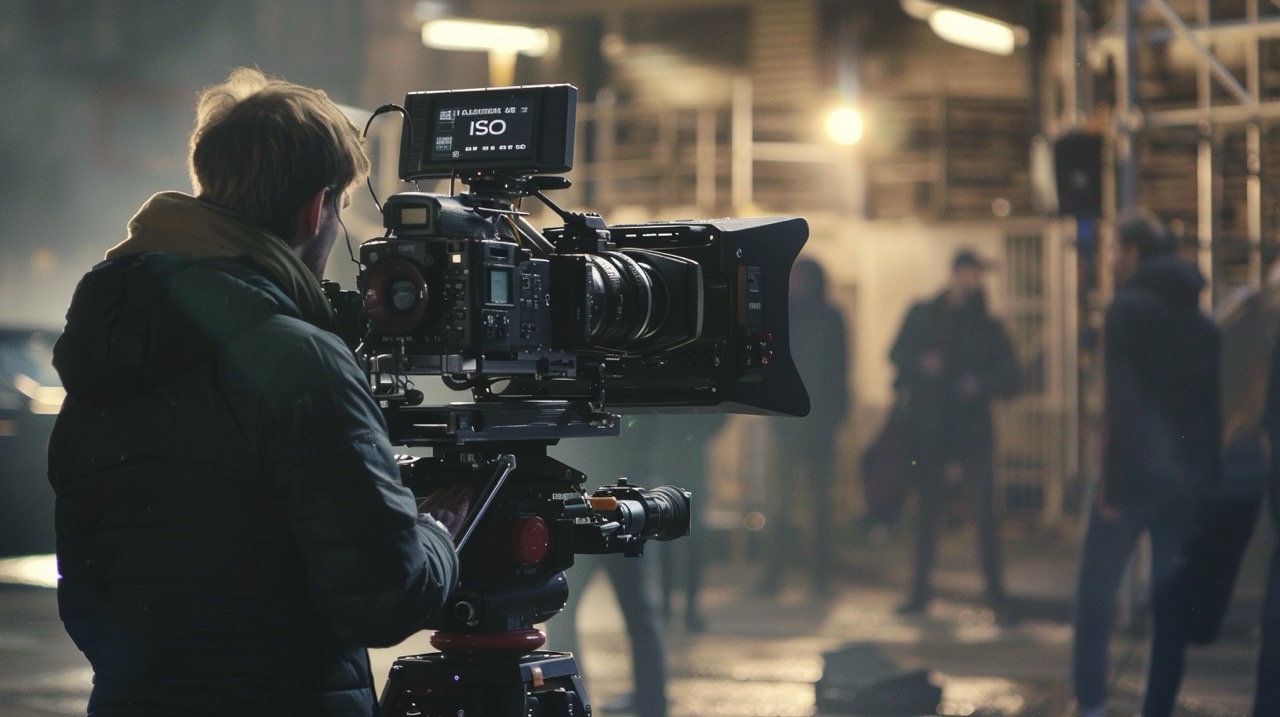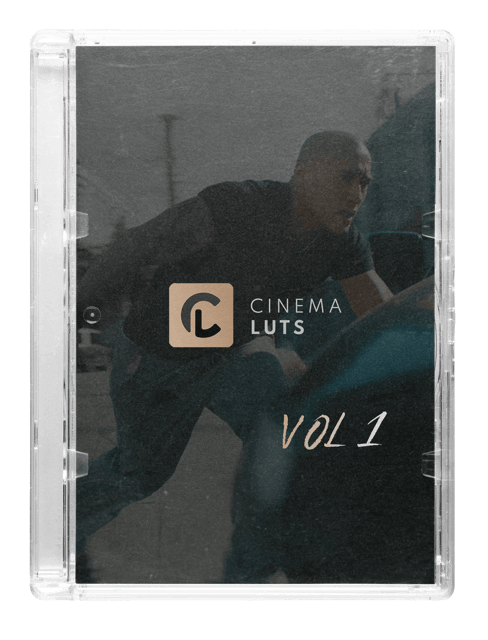ISO, a term borrowed from the world of photography, plays a pivotal role in filmmaking, significantly influencing the visual quality of the footage. Standing for "International Organization for Standardization," ISO in the context of photography and filmmaking refers to the sensitivity of the camera's sensor to light. But its impact goes beyond just brightness, affecting the grain and noise levels in your images, thereby shaping the overall aesthetic and feel of your film.
At its core, ISO measures how sensitive the camera's sensor is to incoming light. A lower ISO number means the sensor is less sensitive to light, requiring more of it to produce a well-exposed image. Conversely, a higher ISO number increases the sensor's sensitivity, allowing for shooting in lower light conditions without the need for additional lighting equipment. However, this comes at a cost: higher ISO settings can introduce more grain or noise into your image, potentially compromising image quality.
In the era of digital filmmaking, ISO has evolved from its analog roots, where it was once tied to the physical properties of film. Today, digital cameras allow filmmakers to adjust ISO settings on the fly, offering unparalleled flexibility in controlling exposure and adapting to varying lighting conditions. This adaptability is crucial in filmmaking, where light can change from scene to scene and even moment to moment.
The ability to increase ISO is a powerful tool in a filmmaker's arsenal, particularly when shooting in challenging lighting conditions or aiming for a specific aesthetic. High ISO can make it possible to capture shots in low light without the noise and loss of detail that used to plague film and early digital cameras. However, the trade-off is that at very high ISO settings, the image can become too noisy, losing clarity and color fidelity. Modern cameras, especially those designed for professional use, have made significant advancements in noise reduction at high ISO levels, but it remains a critical consideration in the filmmaking process.

Beyond its technical implications, ISO offers filmmakers a creative lever to pull. The choice of ISO can influence the mood and tone of a scene. For instance, a lower ISO can create a crisp, clean image that is perfect for bright, vibrant scenes. On the other hand, a higher ISO might be used to evoke a gritty, raw atmosphere, ideal for creating tension or portraying realism in dimly lit settings.
Selecting the appropriate ISO setting is not just a matter of adjusting for light; it's about understanding the visual impact it will have on your film. Filmmakers must consider the narrative and emotional tone they wish to convey, selecting an ISO that complements the story's visual language. This decision-making process involves not only technical knowledge but also an artistic eye.
ISO is one part of the exposure triangle, alongside aperture and shutter speed. These three elements work together to achieve the correct exposure for your film, balancing the amount of light captured with the desired depth of field and motion blur. Mastery over these settings allows filmmakers to precisely control the look and feel of their film, from the sharpness of a static landscape to the blur of a fast-moving action scene.
In post-production, ISO choices can also impact color grading and correction. Higher ISO settings that introduce noise can make color grading more challenging, as noise reduction processes may affect color accuracy and detail. Thus, a mindful approach to ISO settings during shooting can facilitate smoother post-production workflows and preserve the integrity of the film's visual palette.
ISO is a fundamental aspect of filmmaking, intricately linked to both the technical quality and artistic expression of a film. By carefully selecting ISO settings in harmony with aperture and shutter speed, filmmakers can harness light to tell their stories more effectively, creating visually stunning films that resonate with audiences. As technology advances, the capabilities and flexibility of ISO in digital filmmaking continue to expand, offering even greater creative possibilities to explore.

CINEMA LUTS VOL. 1
Turn your footage into cinematic masterpieces with our 1-Click solution LUTs. Over 30 handcrafted presets are waiting for you!
Free Tools
LUT Converter (65 to 33)
© cinema-luts.com
Imprint - Privacy Policy - Cookies - Blog